The BU White Dwarf Group

Welcome to the home page of the BU White Dwarf group, headquartered a few blocks from Fenway Park in Boston, MA, USA.
Our research focuses on white dwarf stars and their connection to the endpoints of stars, binary, and planetary systems. Our work is supported by Boston University, the Institute for Astrophysical Research, the National Aeronautics and Space Administration (NASA), the National Science Foundation (NSF), and the Massachusetts Space Grant Consortium.
Recent news and group updates:
Research updates can be found below and on the news page.
TESS’s first gravitational wave source
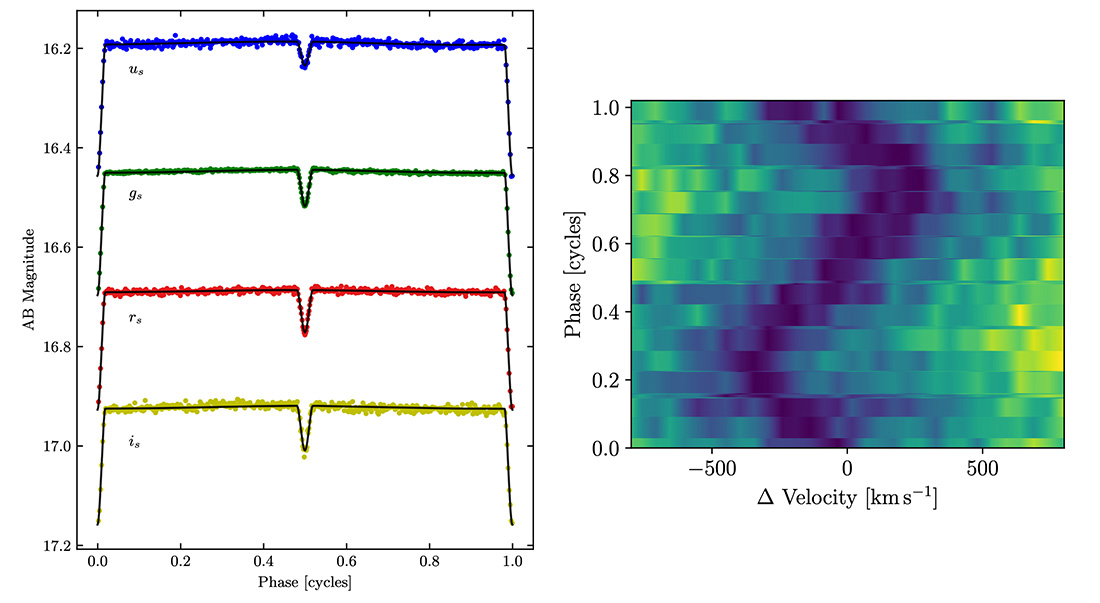
In August 2023, a manuscript led by James Munday from the University of Warwick and including members of the BUWD group (Munday, Tremblay, Hermes, et al. 2023) announced the discovery of an eclipsing, 47.19-min double-white-dwarf binary first identified by NASA's Transiting Exoplanet Survey Satellite. The pair of stars are massive enough (0.40 and 0.28 solar masses) and close enough (separated by roughly the distance from the Earth to the Moon) that they are an extremely strong source of gravitational radiation, ripples in the fabric of space. The system is likely the first binary identified by the TESS mission that will in the future have its gravitational wave radiation directly detected by the LISA space mission. The manuscript has been published in the Monthly Notices of the Royal Astronomical Society.
A two-faced white dwarf
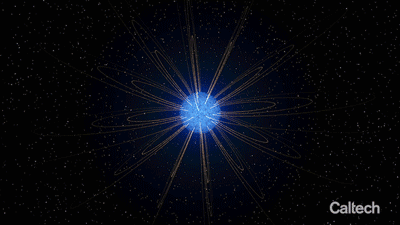
In July 2023, a manuscript led by Ilaria Caiazzo from Caltech and including members of the BUWD group was published in Nature announcing the discovery of an enigmatic new star: a white dwarf that is entirely composed of hydrogen on one side and helium on the other. Every 15 minutes the star rotates once on its axis, showing both its hydrogen and helium faces; we nicknamed the star "Janus" after Roman mythology. We believe the chemical stratification is likely related to a small magnetic field and a very thin layer of hydrogen on the star, but it remains a relatively unsolved problem. The discovery was published in the July 19 2023 issue of Nature and included press coverage from Sky & Telescope, The Guardian, and Space.com.
Emerging magnetism in white dwarfs
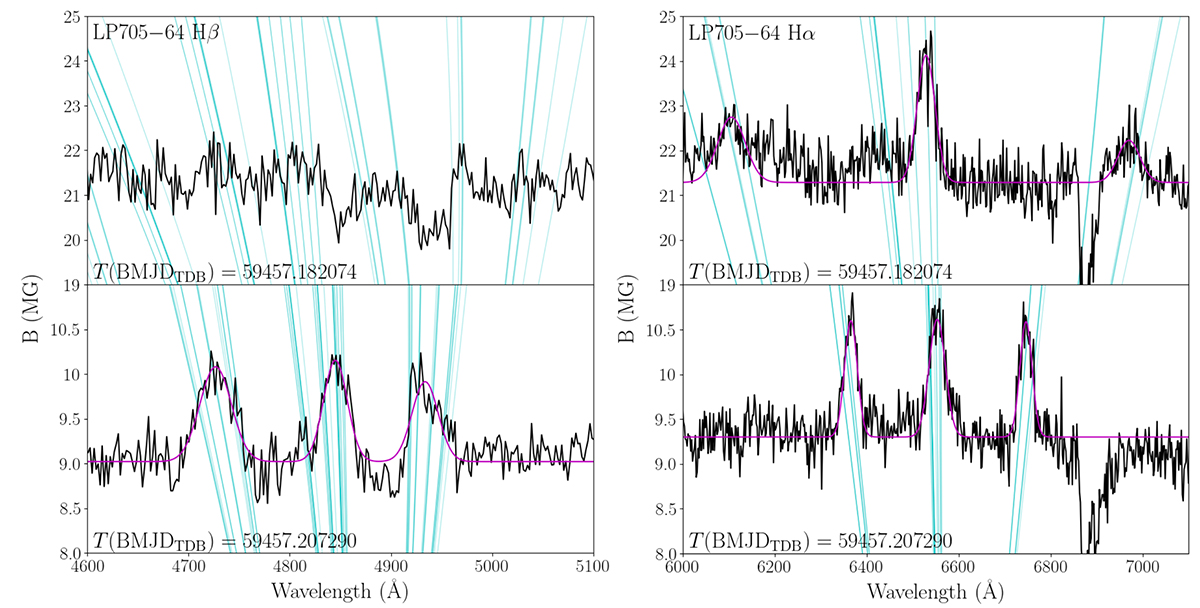
The BUWD group continues observational efforts to understand the emergence of strong magnetic fields in white dwarf stars as they cool down with age. In June 2023, BUWD group members helped in the discovery of two new stars with variable, strongly magnetic Balmer emission lines corresponding to surface magnetic fields more than 5 MG (more 5 million times stronger than in the Sun, see figure above); that work by Reding, Hermes, Clemens et al. was accepted for publication in a June 2023 issue of the Astrophysical Journal. Group members have also shown that at least some of these white dwarfs with Balmer emission lines do not necessarily have very strong magnetic fields, with some <0.05 MG; that work by Elms et al. is published in the Monthly Notices of the Royal Astronomical Society. Very recently, BUWD group members have helped show that the spot sizes on these magnetic stars cannot be composed of simple single spots; that work by Farihi, Hermes, Littlefair et al. is accepted and published in an October 2023 issue of the Monthly Notices of the Royal Astronomical Society.
A hidden white dwarf found
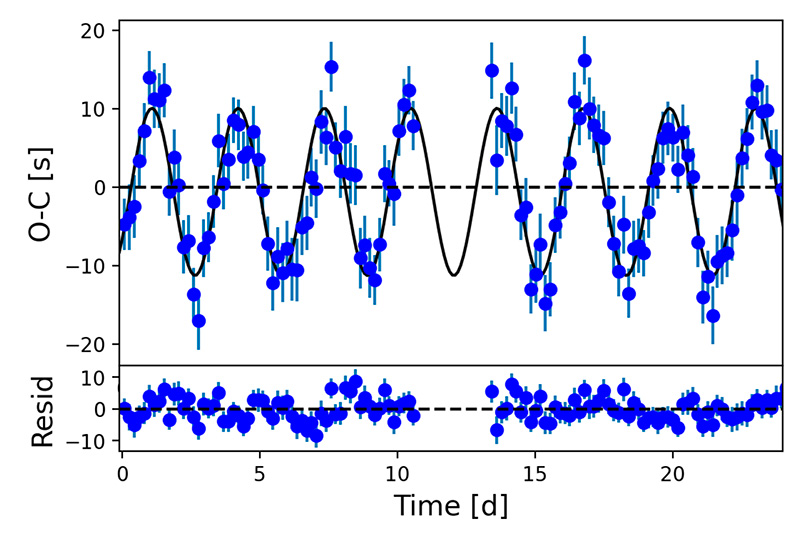
In September 2022, a manuscript led by undergraduate student at High Point University, Bryce Smith, and including members of the BUWD group has been published (Smith, Barlow, Rosenthal, Hermes & Schaffenroth 2022), which announces the discovery of an unseen, cool white dwarf using the stable pulsations of a stripped red giant star. This work implements the same timing method used to find the first exoplanets around a pulsar --- looking for light-travel-time changes in an object with a steady pulsation period. The discovery was confirmed with spectroscopy showing the star really is wobbling from an unseen companion. The pulsation-timing changes were first discovered by a high-school student working with the BUWD group, Ben Rosenthal, who joined us as a RISE intern in July 2021; Ben is now an undergraduate at Yale University. The work has been accepted for publication in the Astrophysical Journal; a short thread on the discovery can be found here.
EuroWD Conference, Aug. 2022
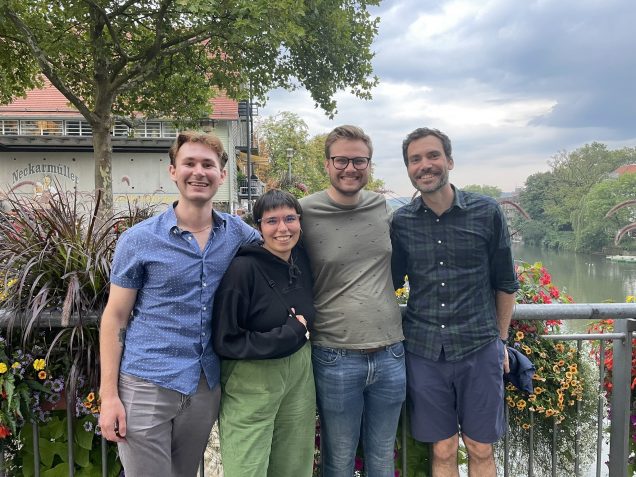
Four members of the BU White Dwarf group traveled to present research results at the 22nd European Workshop on White Dwarfs, this summer held in Tübingen, Germany. The conferences in this series are typically biannual and feature more than 150 international researchers focused on the endpoints of stars, planets, and binary systems.